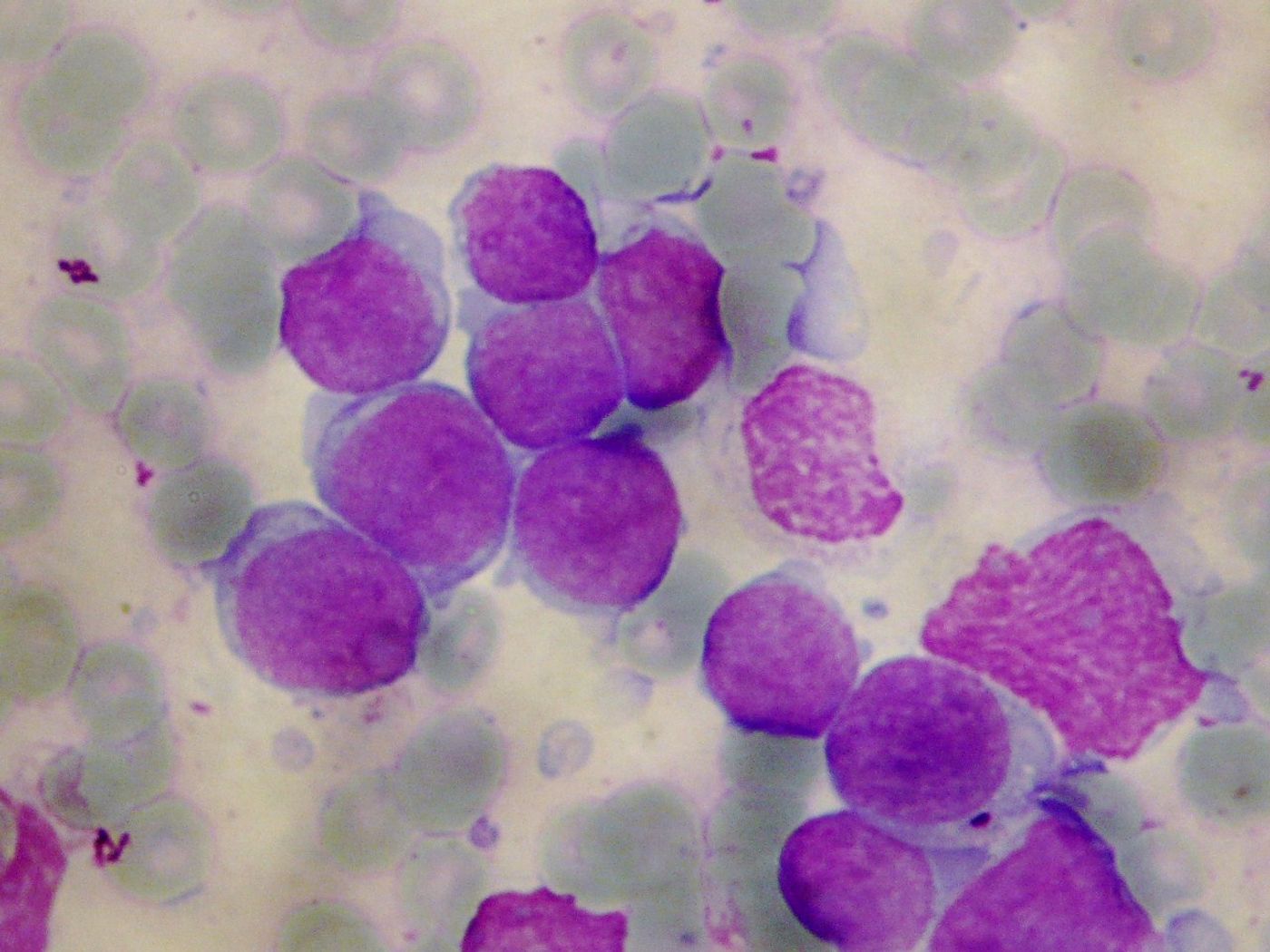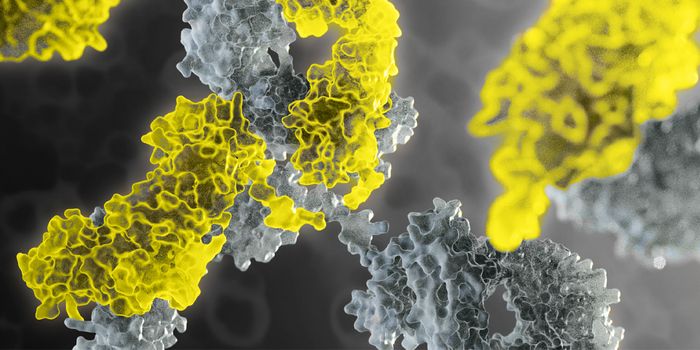Around 15 to 20 percent of children with acute lymphoblastic leukemia (ALL) have cancerous cells derived from T lymphocytes (immune cells), as opposed to B lymphocytes (
American Cancer Society). Currently, over half of adults and 20 percent of children with T-cell ALL end up dying. New research from Boston University Medical College (BUMC) researchers offers a potential solution for lowering those fatality rates; their new study published in
Leukemia identifies a specific enzyme that cancer cells rely on for survival.
During the tricarboxylic acid (TCA) cycle, a key step in the process of cellular aerobic respiration, cells transform pyruvate received from glycolysis into energy through oxidation of acetyl-CoA (
Georgia State University). The new BUMC study identified a key enzyme involved in this process called DLST, which cancer cells require for adequate growth and survival. They discovered the cancer cell dependence on DLST by performing genetic screenings on a zebrafish model of disease, looking for specific mutations that suppress tumor development.
Indeed, inhibiting DLST in the zebra fish model “significantly delayed tumor onset in zebrafish without detectable effects on fish development” (
Leukemia 2016). They also successfully tested DLST enzyme activity inhibition with human T-cell leukemia cells.
A new prospect for T-cell ALL treatment utilizing DLST inhibition is promising, especially because current treatments for this cancer are highly toxic even if they are successful in healing the patient. This finding is also significant because prior to this research, scientists did not believe that cancer cells relied on the TCA cycle for survival.
“Our new findings provide solid evidence that these cancer cells depend on the TCA cycle for their survival," explained corresponding author Hui Feng, MD, PhD. "Additionally we demonstrated the importance of DLST in T-cell leukemia development, and have identified a targetable enzyme for T-cell leukemia treatment.”
Source:
BUMC









